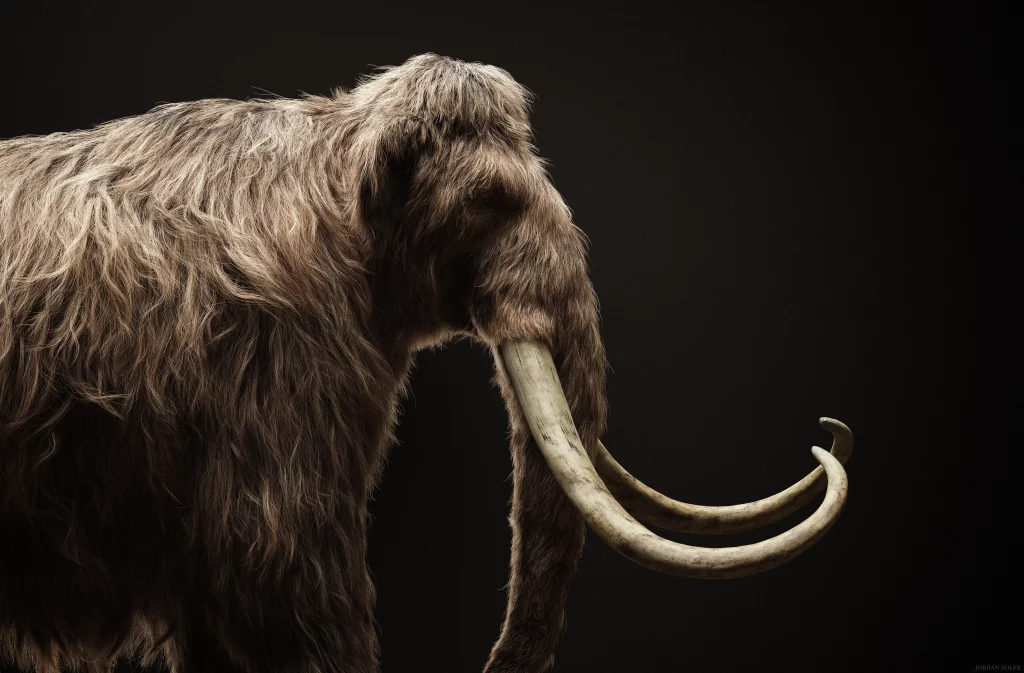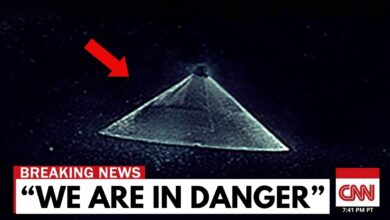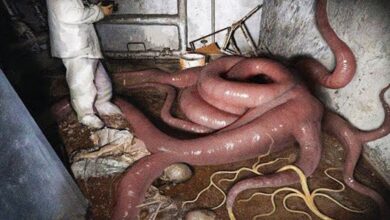Is The Mammoth REALLY Coming Back From Extinction?

Imagine a future where the woolly mammoth once again roams the Earth. In this video, we’ll delve into Colossal Biosciences’ ambitious plan to resurrect this iconic creature and how this groundbreaking technology can help protect modern elephants and combat climate change.
The woolly mammoth was a large, hairy relative of today’s elephants, known for its cold resistance, which allowed it to thrive in freezing temperatures across Asia, Europe, and North America. These animals, which shared 99.6% of their DNA with the Asian elephant, were characterized by their impressive inward-curving tusks. Scientists can even determine a mammoth’s age and the environmental conditions at the time of its death by examining the rings in its tusks, much like counting the rings of a tree. Mammoths lived until about 4,000 years ago, a relatively recent time in geological history, and humans coexisted with them. They relied on mammoths for food, clothing, and tools, leading to significant hunting pressure, which contributed to the mammoth’s extinction.
Natural climate changes also played a role in reducing their habitats, forcing mammoths into smaller living areas, which caused genetic bottlenecks and inbreeding. Ultimately, the population dwindled to isolated groups on St. Paul Island, off Alaska, and Wrangel Island in Russia, where they lived for over 200 generations before becoming extinct.

So, why bring back the woolly mammoth? The answer lies in its ecological impact. The massive size and migration patterns of the mammoth helped maintain the health of the mammoth steppe ecosystem, which played a critical role in regulating the climate. Studies suggest that the current biomass of plants and animals in Siberia’s tundra is now just 1% of what it used to be due to the mammoth’s extinction. Historically, the tundra was not the forested landscape we see today; it resembled an African savannah, thanks in part to the mammoths, who would knock down trees and crush the ice. This created vast grassy plains that were better at absorbing carbon and mitigating climate change.
By reintroducing mammoths to the Arctic, they could once again shape the landscape, maintaining a cooler environment and reducing the melting of permafrost. The permafrost traps vast amounts of carbon, and by preventing it from melting, the mammoths could help mitigate global warming. This process would benefit not only the Arctic ecosystem but also contribute to a cooler planet overall, slowing climate change and giving both wildlife and humans more time to adapt to changing conditions.
Colossal Biosciences expects the first mammoth-like creature, a cold-resistant elephant with many mammoth traits, to be born in 2028. This ambitious project has five primary objectives: enhancing habitat resilience to climate change, developing tools to protect modern elephants from extinction, understanding how animals adapt to cold, advancing genome editing techniques, and demonstrating the feasibility of bringing back extinct species.
Remarkably well-preserved mammoths have been found in ice, with intact DNA and undigested food still in their stomachs. This preservation is akin to being frozen in time, allowing scientists to extract high-quality DNA for their cloning efforts.

The technology being developed to revive the mammoth also has the potential to save endangered elephant species, which face threats from poaching, habitat loss, and human conflict. Three main species of elephants—the African forest elephant, African savannah elephant, and Asian elephant—are critically important for maintaining biodiversity. Losing them could trigger catastrophic effects in their ecosystems.
In a significant breakthrough for elephant conservation, Colossal is developing an mRNA vaccine to protect elephants from the elephant endotheliotropic herpes virus (EEHV), a deadly disease primarily affecting young elephants. This virus is a leading cause of death in Asian elephants in captivity. The first successful vaccination was recently administered at the Houston Zoo, thanks to collaboration between Dr. Paul Ling from Baylor College of Medicine, the Houston Zoo, and Colossal.
In summary, the project to revive the woolly mammoth is not just about bringing back a fascinating creature but also about rectifying past human mistakes and aiding current species. The prospect of seeing mammoths return in 2028 represents a monumental achievement in science and conservation. Through this innovative technology, we can work towards a more sustainable future for both the planet and its remaining elephant populations. The excitement is palpable, and the implications for global ecology are profound.








